
Few sounds and aromas are as satisfying as that of coffee bubbling inside the moka pot, an essential item in the homes of all Italians since Mr. Bialetti designed the object in 1933, which has become much more than a coffee maker but a true icon of Italianness celebrated even at the MoMa in New York.
Making coffee using a moka pot might seem simple, but it's actually a ritual and a true art, consisting of several steps and tricks, essential to achieving perfect, flawless coffee. The most common mistake? Coffee that tastes burnt, an aftertaste that ruins the enjoyment of the drink. What causes burnt coffee, and how can you avoid it? Let's explore the causes of this problem and, more importantly, how to solve it so you can always enjoy impeccable coffee.
1. Over-Extraction
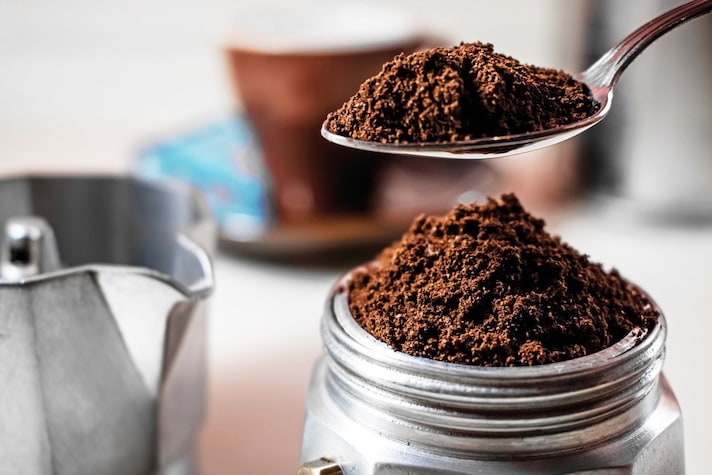
One of the main causes of moka pot coffee tasting burnt is incorrect overextraction, which ends up compromising the flavor of the drink. What does this mean? Overextraction occurs when water passes through ground coffee: if this passage is obstructed, the water flow does not percolate evenly, resulting in incorrect coffee extraction. Overextraction can also be caused by excessively high water temperatures, excessive ground coffee in the filter, or over-tamping the ground coffee, which is why it's essential to learn all the rules and tricks for using the moka pot correctly.
2. The Intensity of The Flame
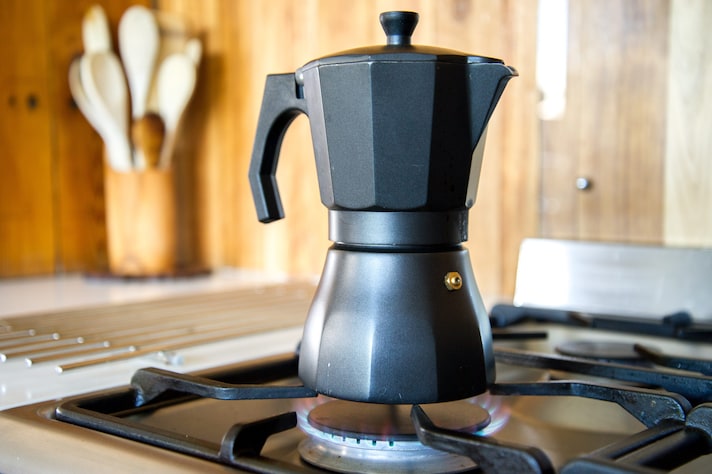
One of the most common mistakes that lead to burnt coffee is the intensity of the flame. You might instinctively use a high flame to speed up the brewing process, but in reality, this is the enemy of good coffee: too intense a heat source can compromise the extraction, burning the blend and producing a bitter, unpleasant flavor. The key to avoiding a burnt taste is to maintain a low, controlled, and consistent temperature.
3. The Coffee Machine is Poorly Maintained
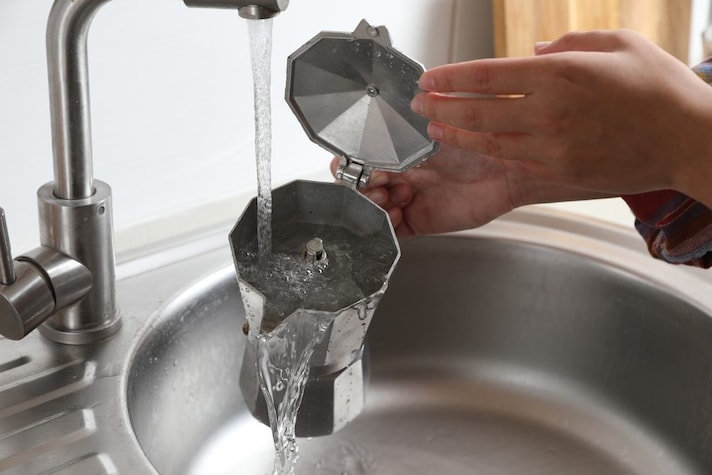
It's an aspect that's often overlooked, but to obtain perfect coffee, you need a well-maintained moka pot: improper cleaning or the presence of residue can seriously compromise the quality of the extraction, even causing an unpleasant burnt taste. To avoid this, follow our tips for cleaning your moka pot properly.
4. Incorrect Storage of The Mixture

Sometimes the problem of burnt coffee starts even before its preparation and derives directly from the blend, or rather from its incorrect storage: if the powder is not stored in an airtight container, away from light, heat and humidity, it could alter and produce unpleasant flavors during extraction.
5. The Water Used
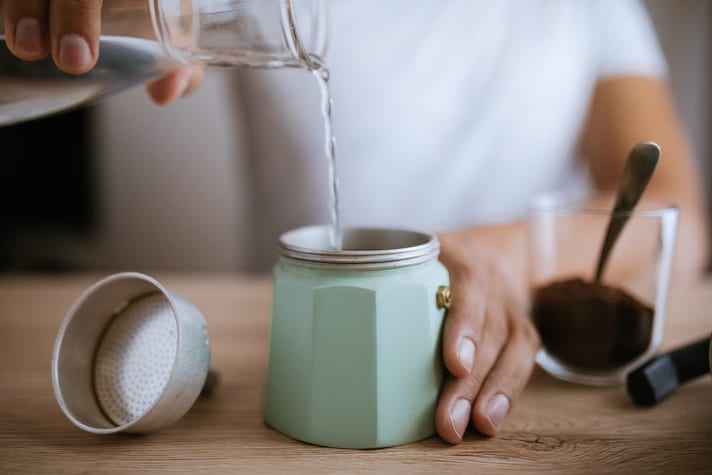
Do you think water has no impact on the flavor of coffee? You're wrong. Even water affects the final result, not so much because of its flavor (yes, water can have different tastes) but also and above all because of its composition: if you use tap water, for example, and it's particularly hard, without you knowing it, the flavor of your coffee could end up being spoiled. To reduce this problem, use filtered or bottled water with a balanced fixed residue.
6. A New Moka Pot

If you've just purchased a brand new moka pot, the burnt taste is likely due to the fact that it's been used for the first time. One of the main rules when using a new moka pot is to give it a break-in period, meaning to brew a few cups of coffee "without any coffee" so that the machine can absorb the coffee's essential oils. With consistent use, you'll notice a gradual improvement in the quality of the extraction and the disappearance of that unpleasant burnt taste (provided you also follow the other tips in this guide).
7. You Didn't Stir The Coffee
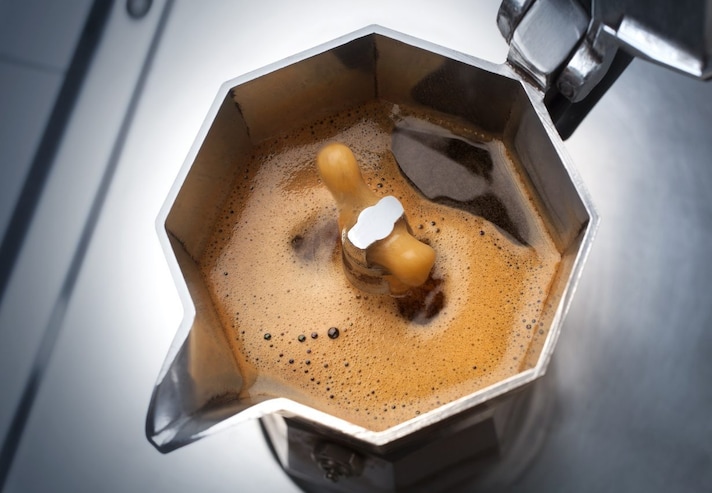
An often overlooked detail is stirring the coffee, not in the cup, after adding sugar if necessary, but while the liquid is still in the moka pot. This is an important step because there is a difference in density between the coffee that comes out first and that which comes out last, and this can create imbalances in the final flavor. Proper stirring, while the coffee is still in the moka pot, ensures a uniform drinking experience and a pleasant flavor.
;Resize,width=767;)
